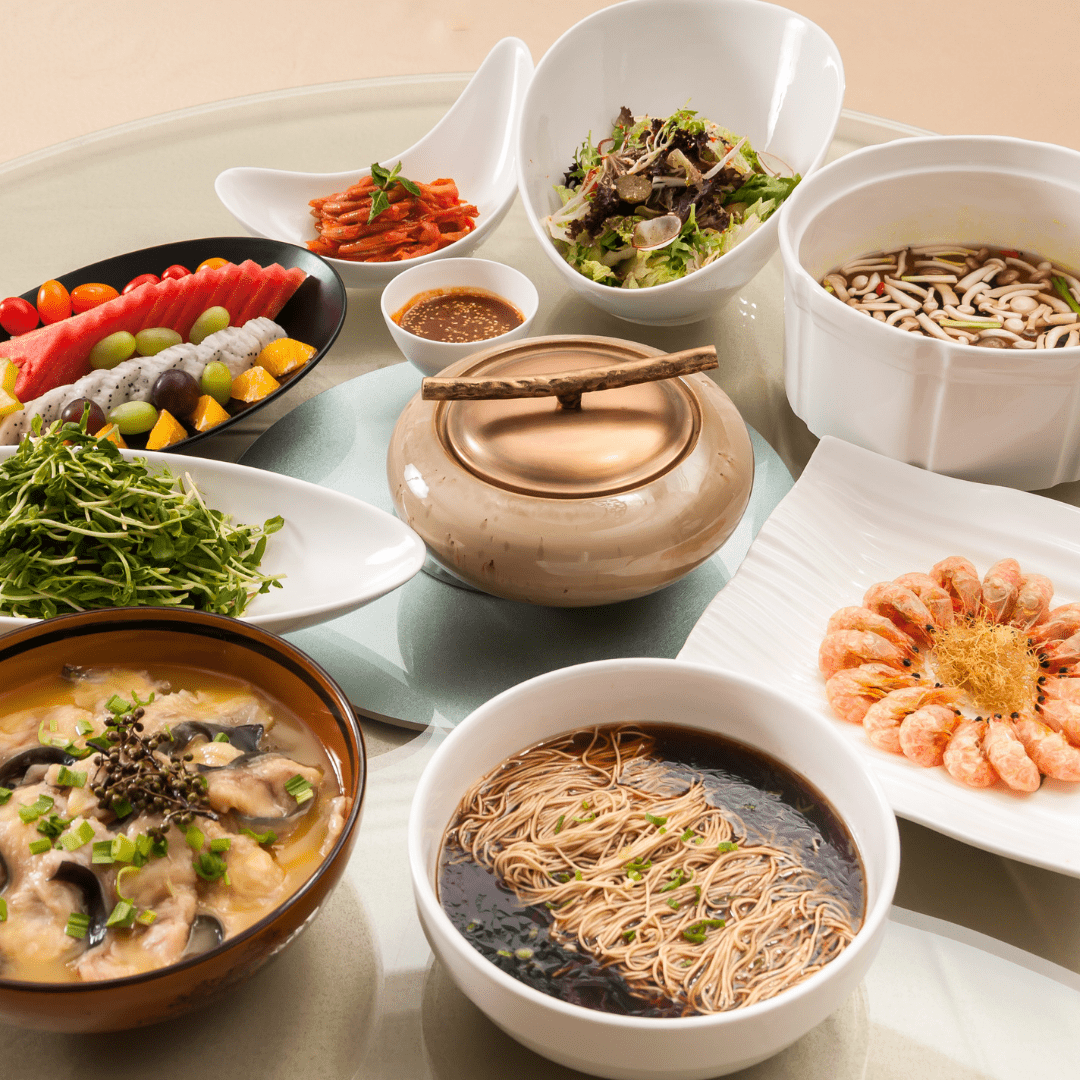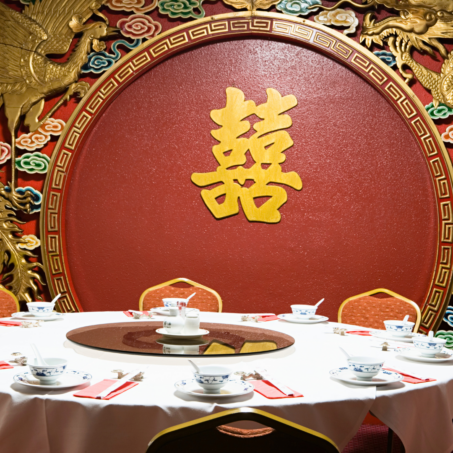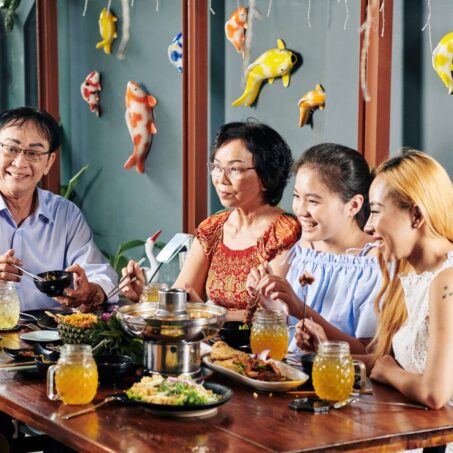From walking along the street with a handful of barbecued lamb skewers to sitting down to a steaming bowl of noodles, the opportunity to eat a huge range of delicious dishes in China is every food lover’s dream.
In this month’s blog post, we’ll discuss how to navigate and order at eateries, as well as some of the different settings where you can enjoy different cuisines.
Ordering food
Upon entering a restaurant, you’ll probably be asked how many people you’re with (Jǐ wèi 几位) in order to determine how big a table you’ll need. Once you answer (yī wèi, liǎng wèi, sān wèi etc), you’ll be shown to your table and given a menu.
When at a sit-down restaurant with table service in the West, the server will then give you a little time to read the menu and then come back after a few minutes to take your order.
But in China, you’ll often need to let a server know you’re ready to order by speaking up. So when you’re ready, call out ‘Fúwùyuán’ (服务员, ‘waiter/service person’), and then tell them ‘Wǒ yào diǎn cài’ (我要点菜, ‘I want to order food’).
Quick tip: if you’re struggling with reading unfamiliar words on the menu out loud, you can usually get away with pointing to the item you’d like and asking for ‘这个, 一份’ (zhè gè, yī fèn, ‘one serving of this’).
Eating utensils
Whereas knowing how to use chopsticks in the West is a useful skill, in China it’s a necessity. Chopsticks are the go-to eating utensil, and while you might be able to ask for a spoon, knives and forks can be quite hard to come by in restaurants. So definitely make an effort to learn – or take a set of travel or disposable cutlery with you.
If you haven’t quite mastered chopsticks yet but are determined to try, you can also compromise by using chopstick trainers. These are flexible, reusable attachments that stick onto the tops of your chopsticks to connect them, and are used by both children and adults learning how to eat East Asian-style.
Getting the bill and tipping
When it’s time to flag the waiter or waitress down at the end of your meal, simply call out ‘Fúwùyuán’ again, and this time tell them ‘买单’ (mǎi dān, ‘the bill, please’).
As for tipping, it’s not required or expected in China. In fact, sometimes it can be seen as impolite. This applies to other services you might normally tip for in the West too, not just restaurants.
Where to eat
The great thing about China is that you’ll be spoiled for choice when it comes to food. Homely family-run restaurants, fine-dining restaurants, shopping centre food courts, cafés, dessert houses and street food… it all depends on what you fancy at any given time.
And each will present different opportunities to practice Mandarin, too. While you’ll be calling for a waiter at a sit-down restaurant, you’ll be ordering at a counter at a food court, or chatting to the stall owner at a street food stall, or even ordering off an electronic system at some places. So take the opportunity to push yourself and speak as much as possible. The delicious food makes an excellent incentive to do so.
Bonus tip: not only do many places in China accept mobile payments, but a few also make it the only way to pay. Check out our blog post ‘5 Apps You Need In China’ to see which mobile payment apps you can use.





